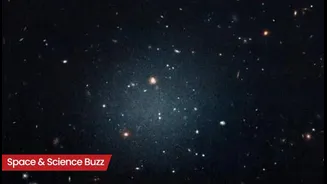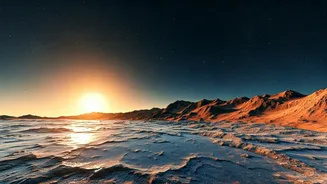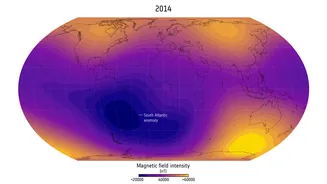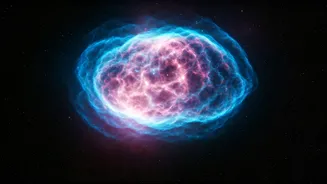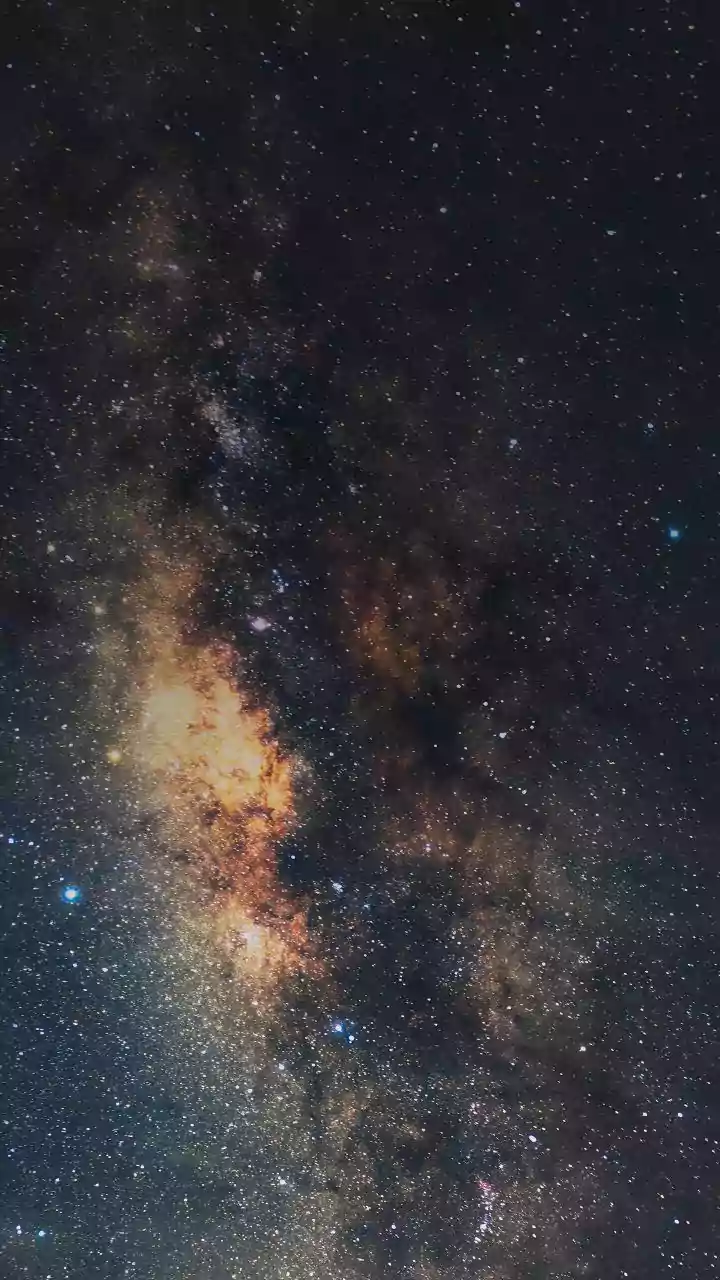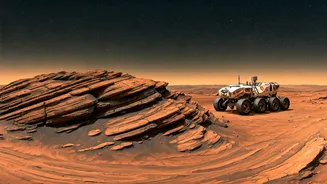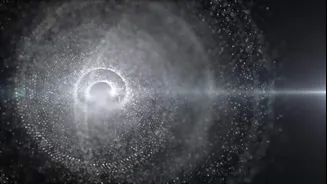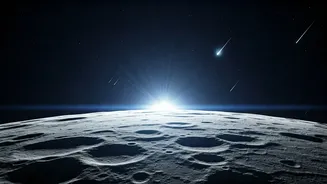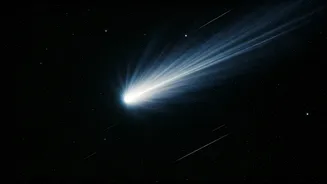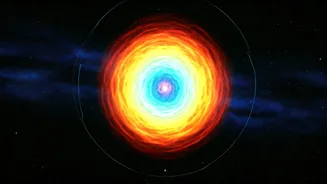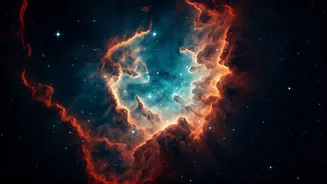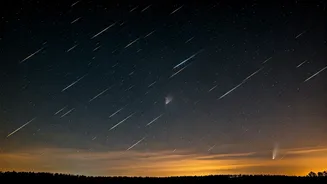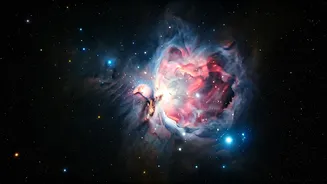Here are today’s most important updates from the realm of Science and Space.
Breakthrough or Illusion? Scientists May Have Found Dark Matter’s Fingerprint
Dark matter is something that we can't see. According to NASA, it is an "invisible
glue" that holds the universe together. Some scientists are convinced that this mysterious material exists, making up most of the matter in the universe. But no one knows what exactly it is. Meanwhile, scientists are curious about a mysterious glow of gamma rays near the centre of the Milky Way, and they think it could be evidence of dark matter. The glow, which was detected by NASA's Fermi Gamma-ray Space Telescope shortly after it was launched in 2008, continues to puzzle scientists even today. Based on simulations which are made using supercomputers, for the first time shows that dark matter collisions could also have created the bulge-shaped glow.
Invisible but Vital: Earth’s Magnetic Shield Shows Signs of Distress
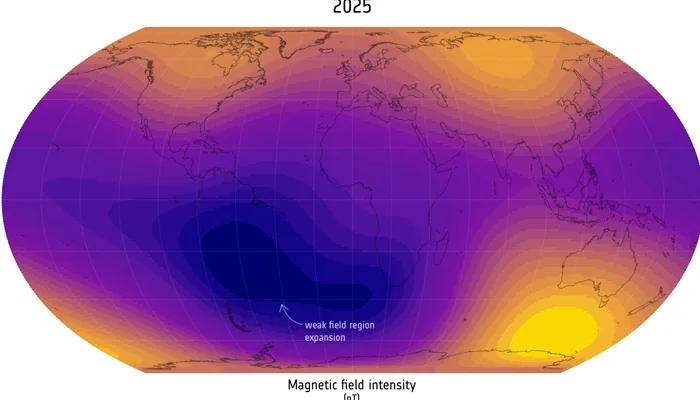
The magnetic field around, that protects us without being see, has a huge weak spot. Over the past 11 years, the European Space Agency’s Swarm satellite constellation has revealed that the South Atlantic Anomaly (SAA), a weak spot in Earth’s magnetic field over the South Atlantic Ocean, has expanded by an area nearly half the size of continental Europe since 2014. This expanding anomaly exposes satellites passing over the region to heightened cosmic radiation and charged solar particles, increasing risks of hardware damage and communication blackouts. Earth’s magnetic field, essential for protecting life by deflecting harmful radiation, originates in its molten iron outer core, roughly 3,000 km beneath the surface.
Turning Down the Sun’s Brightness Could Trigger Worldwide Turmoil
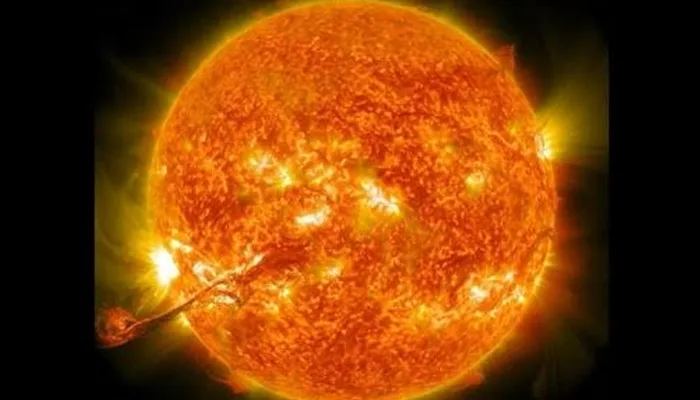
Scientists are taking the once-radical concept of dimming the sun through stratospheric aerosol injection (SAI) seriously, but a Columbia University team warns that reality is far messier than models suggest. Their study reveals how physical, geopolitical, and economic constraints could derail even the best-intentioned attempts to cool the planet. From unpredictable monsoon disruptions to material shortages and optical inefficiencies, every step introduces new risks. Hundreds of scientific models have explored how it might work. Yet researchers at Columbia University caution that those models overlook how complex, uncertain, and potentially risky such an effort would be. Among the variables, latitude appears to have the greatest influence. SAI efforts concentrated near the poles, for example, could disrupt tropical monsoons, while releases near the equator might alter jet streams and interfere with global air circulation.
Scientists Reveal Keto’s Hidden Power: Protecting the Aging Brain

Scientists are exploring how a ketogenic diet may protect the brain and prevent Alzheimer’s in people genetically predisposed to it. Their study found that female mice with the APOE4 gene benefited most, showing improved gut and brain health on a high-fat, low-carb diet. The findings highlight the value of personalized nutrition and early intervention to preserve cognition. Protecting your brain's energy and keeping your mind sharp might start with what's on your plate. Foods such as fish and seafood, meat, non-starchy vegetables, berries, nuts, seeds, eggs, and even full-fat dairy may play a key role in maintaining cognitive health. By switching to a keto diet, ketones are produced and used as an alternative fuel source. This may decrease the chance of developing Alzheimer's by preserving the health of brain cells, according to the authors.
